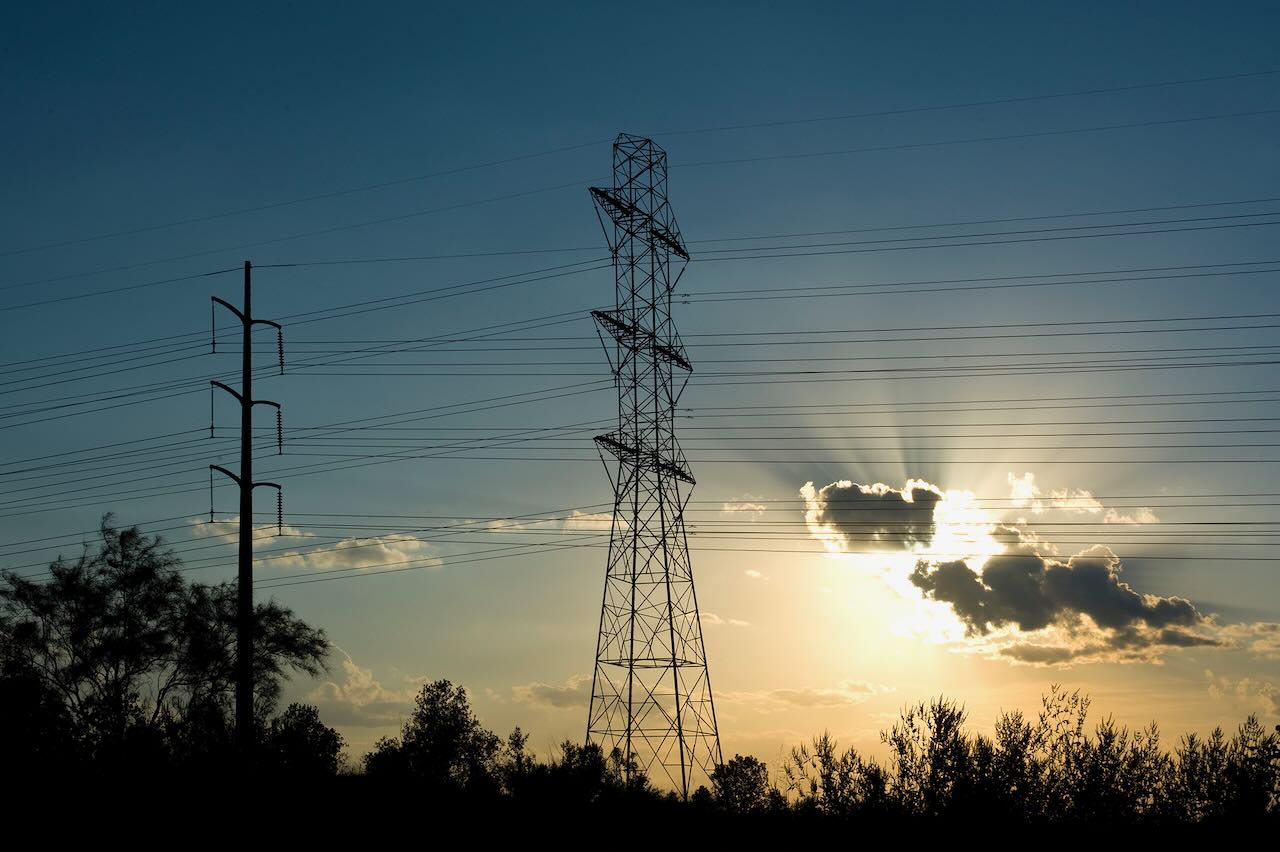
(Photo credit: Electric Reliability Council of Texas (ERCOT))
Feb 21, 2025
This post summarizes the concerns driving Senate Bill 6 and the bill’s proposed steps to mitigate those problems. Editorial commentary on the fundamental issues and proposed solutions will appear in future posts.
Elected officials and grid operators are concerned that projected increases in power demand may strain the ERCOT grid. Last week Senators Phil King and Charles Schwertner filed Senate Bill (SB) 6 which aims to address three issues related to the grid strain:
To mitigate these issues, SB 6 includes three main components:
SB 6 proposes a minimum transmission charge for behind-the-meter loads. The Public Utility Commission of Texas (PUCT) is to set this charge based on non-coincident peak. The minimum transmission charge is initially intended for behind-the-meter loads, however it will likely be applied to all large loads at some point.
The bill also calls for a commission to evaluate the effectiveness of ERCOT’s 4 Coincident Peak (4CP) methodology and consider alternative methods (Figure 1).

Figure 1. Summary of ERCOT’s Four Coincident Peak (4CP) methodology (Credit: Coincidental Peak Alerts 2024 by 5.)
SB 6 includes mandates intended to protect grid reliability and residential consumers.
Operators with existing large load capacity would be required to obtain PUCT approval before reallocating that capacity to behind-the-meter loads. In these cases, the PUCT would have 180 days to evaluate the request and determine if there is a “reliability impact” on the grid. Moreover, the PUCT would have authority to place conditions on the behind-the-meter load to strengthen grid reliability.
During short supply events, non-essential large loads would initially be incentivized, and then required, to shed load. The incentive would probably look similar to existing ERCOT demand response programs.
If voluntary curtailment does not correct the supply/demand balance during a short supply event, ERCOT would then enforce mandatory curtailment of non-essential large loads. Mandatory curtailment would likely be enabled through on-site equipment that permits grid operators to remotely shed load. Mandatory curtailment would only happen in emergency situations, just prior to a regional-level firm load shed.
SB 6 calls for the standardization of criteria for the large load interconnection process. These criteria will likely be paired with fees that would discourage phantom loads, large loads registered in the queue that are unlikely to materialize.
Collectively, these changes are intended to clear out the interconnection queue and improve the accuracy of future load projections.
Zac Coventry specializes in energy portfolio management for large loads. He helps developers and operators reduce CapEx and operational costs through supply chain management, energy brokerage, and strategic advising.
For a private consultation, please contact me.